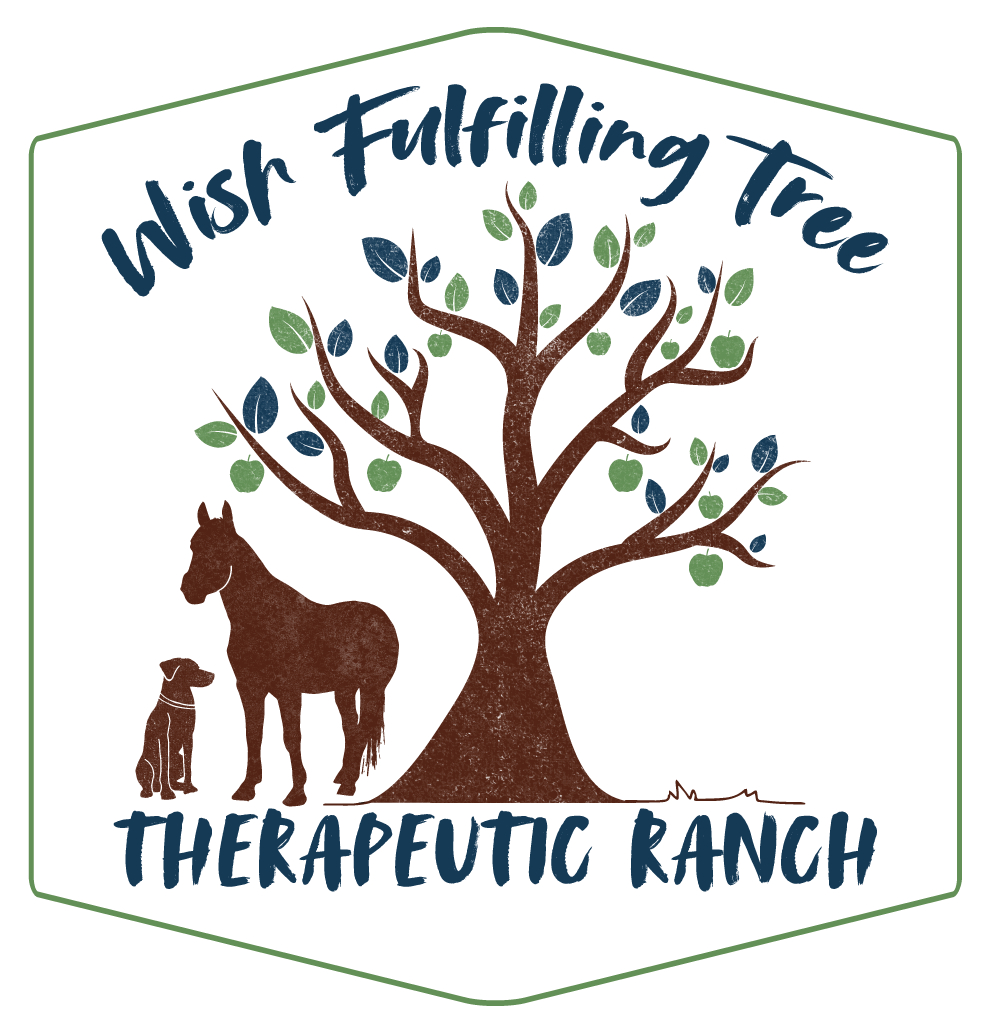Lessons from a Horse: Self-Responsibility
Self-responsibility has been a topic of particular interest to me over the last several months, and really over the last several years.
Barbara K. Rector, the grandmother of equine-assisted therapy and learning, created a brilliant safety agreement focused on self-responsibility. The safety agreement goes like this: “I agree to take responsibility for myself today and by doing so I contribute to the safety of the group” (Barbara K. Rector, Adventures in Awareness: Learning with the Help of Horses).
Horses live by this agreement of self-responsibility. Within a horse herd (a community of horses) there is a lead horse, always female, who embodies this concept. A lead horse does not expend more energy than necessary. A lead horse takes care of herself so that if a threat arises, she is available for the safety of the herd.
As leaders and followers in our own lives, there are vast opportunities for learning self-responsibility from the horses.
I recently attended Aimee Brimhall’s clinic where she deeply explored this concept in the horse/human relationship. She explained that when “training” a horse, we often take the responsibility away from the horse to make their own choices, to learn, and to develop their confidence.
This really hit home for me in relationship with my horse, Justice, as I realized that I have been holding all the responsibility. As Justice is an adolescent dominant in his herd, he is happy for me to take the responsibility because it means he gets to use less energy and has to do less work! Guess what this means for me?? I have to use more energy and do more work!
So, I began asking myself the question, how do I take responsibility for myself? Creating an opportunity for him to become responsible for himself and arrive in collaborative partnership together.
I started thinking about how this mirrors human relationships and asking myself questions like: Where am I taking on too much responsibility? Where am I expending extra energy? Where might I be limiting other’s growth by being overly responsible? And, of course, there’s the flip side, of letting others take responsibility for you. Perhaps limiting your voice from speaking up or setting healthy boundaries for yourself. How does this show up for you? Do you tend to let other’s take the responsibility? Or are you the bearer of all responsibility?
Thinking about this in many different types of human relationships—parent/child relationships, child/parent relationships, friendships, colleague relationships, and let’s not forget intimate relationships and partnerships. How do we arrive into roles of taking responsibility or letting other’s hold responsibility?
Moving forward, I see huge opportunities for exploring and embodying this idea, starting with a few step process:
Check in with self: Where am I at right now? What am I feeling? What are my expectations in this situation?
Find your presence and grounding: Bring attention to your breathing and heart. What am I sensing?
Identify your opening/invitation: From your heart allow this invitation to arise. What is my request in this situation?
Share your invitation with another: I am experiencing ___________ would you be open to _____________?
Allow the other to step into the opening on their own timing, of their own accord.
Some key elements to notice here include how to not judge yourself in the process, how to not judge other’s response to your invitation, and how to be patient with everyone’s learning. This is ultimately where we can learn, grow, and experience our own life lessons.
This concept might feel both simple and complex at the same time. I hope it provides you with some food for thought regarding your relationships to self and others. If you or a loved one could use a little extra support exploring this deep concept, please feel free to reach out to the Wish Fulfilling Tree to learn more animal-assisted therapy for children, teens, and families in Sonoma County.

